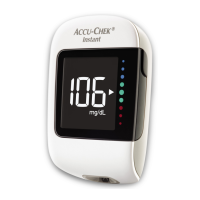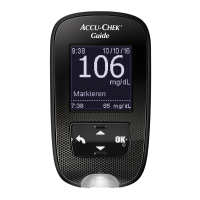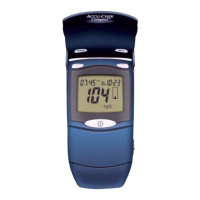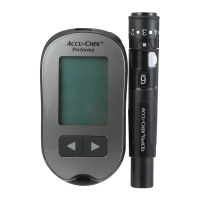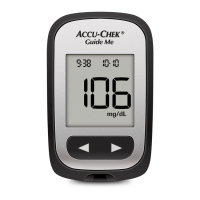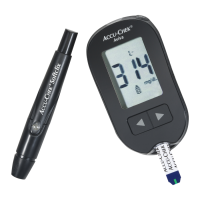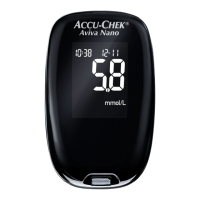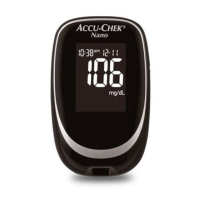Page 4 of 39
In-service plan for blood glucose testing
Hospital’s Commitment
Roche Diagnostics is committed to a successful implementation. The hospital, in return, must
also make a commitment to:
• Proactively involve all necessary staff and administration.
• Stress the importance of participation to all Unit Managers.
• Follow-up with departments that are not complying.
• Support the “train the trainer” sessions for resource personnel who will be training as needed
after formal in-servicing is completed.
• Limit the use of unit-to-unit in-servicing. These are known to decrease comprehension due to
distractions but may be needed with some departments.
The Advantages of Centralized In-Servicing
• Maximize attention (less distractions).
• Increase comprehension (classroom setting with bullet points posted, support material).
• Maximize efciency (staff is aware of timeframe and can work into their own schedule).
• Provide sufcient ACCU-CHEK Inform II systems available for hands-on training
(1-2 units per department vs. many units set up in classroom style).
• Standardize training (everyone gets the same step-by-step, hands-on exercises and
message(s)).
• Effectively charge, clean and disinfect systems as needed (infection control).
The Advantages of using Computer-Based Training as a Component
of Operator Training:
• Self-paced
• Inclusive of knowledge test and skills reinforcement
• Can serve as reference after training
• Consistent content
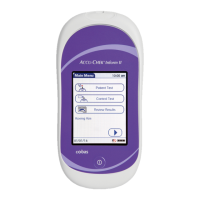
